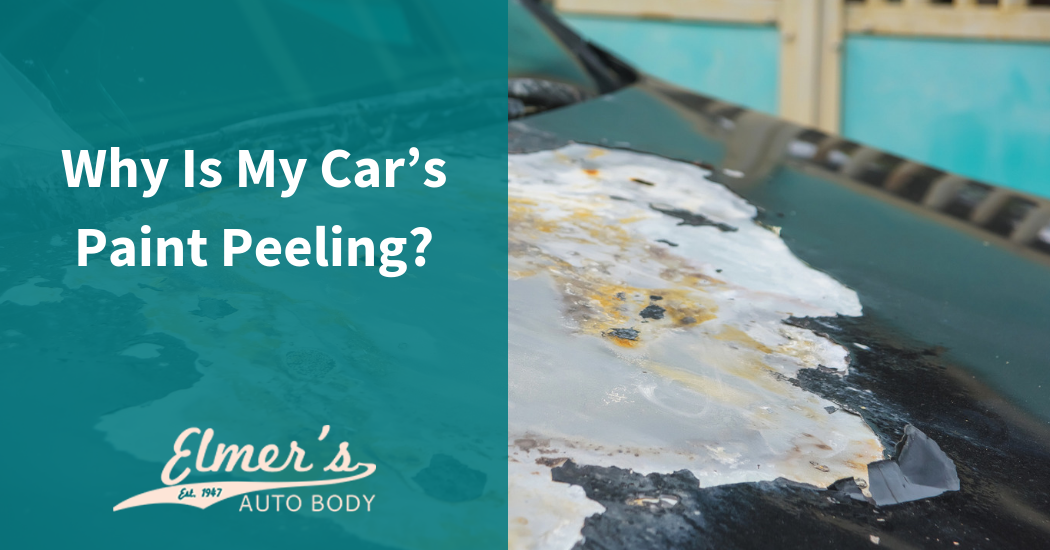Ah, the road trip. Is there anything more iconic in western culture? While this was once a uniquely American tradition born of the post-war infrastructure and economic boom, today, all over the developed world, this has become a popular way to spend holidays, and among many young adults, a rite of passage and discovery.
Road trips can be a lot of fun, and you can still carry a piece of home in the form of your car. Unlike flying or trains, you can stop where and when you want, and choose your own path anywhere. With friends or family, it can be even more fun (or a nightmare if you have small children).
But, before you get out your road atlas (or should I say your GPS these days), and start packing coolers and luggage for your trip across the country, you need to stop and ask yourself a very important question: is your car road trip ready?
You may feel a bit dismissive of this question – your car runs just fine as you drive daily to work, on errands, and everything else. You put hundreds of miles on your car in a month’s time if you commute, and you take good care of it. It can handle a road trip surely.
It probably can. But do you really want to take that chance? After all, the mileage you put on your car normally is in short spurts of back and forth from home to other places. A road trip involves hours of constantly running the engine, stressing the systems, and wear on the tires. You can probably run pretty fast for ten feet, and easily run a mile in a week’s time in these short bursts. Could you run a mile in one go? Most of us would hang our heads and say no.
On top of this, if your car breaks down in your home region, while you may need a tow, civilization and your bed aren’t far away. When you’re states away, possibly in the middle of nowhere, well.
#1 – Fluids
First thing’s first, let’s make sure our fluids are all in proper order. Oil should be fresh and topped off, wiper fluid, transmission, and power steering fluids, coolant and antifreeze should all be fresh and full. Spare fluids should also be packed in the trunk or somewhere if your voyage is a particularly long one.
#2 – Wiper Blades
Unless you just replaced your wiper blades recently, or they really check out in a smear test, you will want to put fresh ones on. Who knows what kind of varied weather you will cross on your trip? You want visibility in all weather.
#3 – Tires
This one can be tricky because it depends on the season and your destination. If you’re going to a snowy place, such as up in the mountains, but it’s warm and sunny for most of the trip, you may need snow-ready all-season tires, which do exist. Carrying four extra tires is kind of impractical. Make sure your tires are new and ready for a long trip as well.
#4 – Brakes and Shocks
Test your breaks and shocks, to be sure everything rides smooth, and that your brakes are responsive but also not oversensitive. You will cross varied terrain and varied traffic conditions if your trip is long and varied. You will want your brakes and shocks/suspension to be optimized and ready for smooth and safe driving no matter what.
#5 – Battery
How old is your battery? If it’s a couple of years old, you should flat-out replace it. You should make sure it’s reliably holding a charge, and proper voltage from the alternator is sustaining a charge. Nothing is more horrifying than getting back in your car at a rest stop in the wilderness at night, and your car won’t turn over.
#6 – Tune-Up
A tune-up is always a good idea if you’re traveling far. This will address belts, timing, gaskets and other things that, while working fine for now, maybe ready to fail when the car is run hard for extensive distances.
#7 – Indicator Lights
Sometimes called “dummy lights” or “idiot lights”, these are various dash lights that say things like “service engine soon”, tire pressure indicators, and various fluid readouts. If you know nothing is wrong, but these lights are still going off, sensors may be out of whack, or bigger issues in need of a mechanic’s diagnosis may be present.
Safety and reliability are key to a safe and memorable road trip. These simple preventative measures take little time, little money, and can save you a world of grief. To learn more tips like this, fill out our contact form today!






